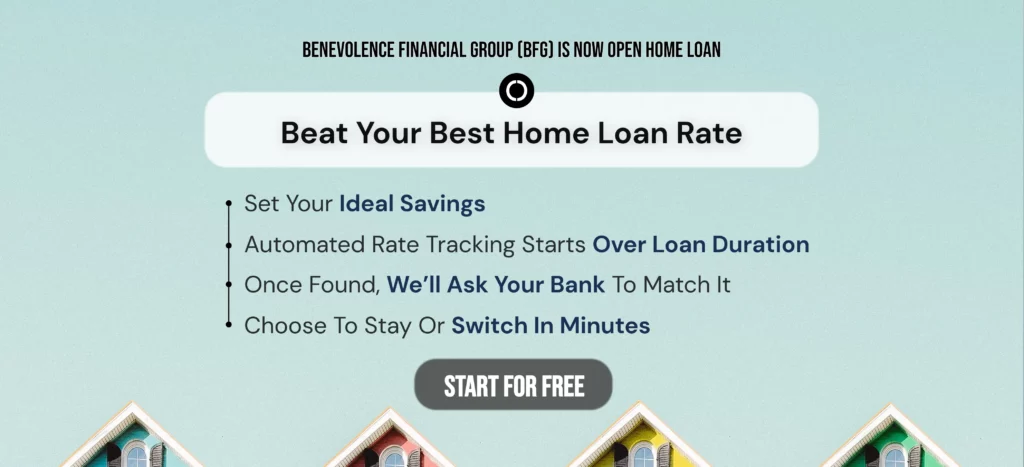There are many different types of home loans available in Australia, and it can be challenging to understand the differences between them.
Q: What are the different types of first home loans available in Australia?
A:
- Variable rate home loans – Variable rate home loans are the most common type of home loan in Australia. With a variable rate home loan, the interest rate can go up or down at any time, depending on market conditions. This means your repayments can vary, making it harder to budget. However, variable rate home loans typically offer more flexibility, such as the ability to make extra repayments, redraw funds, and access offset accounts.
- Fixed rate home loans – Fixed rate home loans allow you to lock in an interest rate for a set period, typically between one and five years. This means your repayments will remain the same for the fixed term, making it easier to budget. However, fixed rate home loans generally offer less flexibility than variable rate loans, with limited ability to make extra repayments or redraw funds.
- Split home loans – A split home loan allows you to split your home loan between fixed and variable interest rates. This means you can enjoy the benefits of both loan types, such as the stability of a fixed rate and the flexibility of a variable rate. Split home loans are a popular choice for borrowers who want to hedge their bets and minimise their risk.
- Interest-only home loans – With an interest-only home loan, you only need to repay the interest on the loan for a set period, typically between one and five years. This means your repayments will be lower during the interest-only period, but you won’t be paying down the principal. After the interest-only period ends, you’ll need to start paying back the principal, which means your repayments will increase.
- Line of credit home loans – A line of credit home loan allows you to access the equity in your home as a line of credit. This means you can withdraw funds up to a set limit as needed, similar to a credit card. Line of credit home loans can be useful for renovations or other unexpected expenses, but they generally have higher interest rates and fees.
- Low deposit home loans – Low deposit home loans allow you to borrow up to 95% of the property’s value, with a deposit as low as 5%. These loans can be a good option for first home buyers who don’t have a large deposit but want to get into the property market. However, low deposit home loans generally have higher interest rates and fees, and you may need to pay lender’s mortgage insurance (LMI) if you have a deposit of less than 20%.
When choosing a home loan, it’s important to consider your financial situation, your long-term goals, and your risk tolerance. Speak to a mortgage broker or lender to discuss your options and find the right home loan for your needs.

